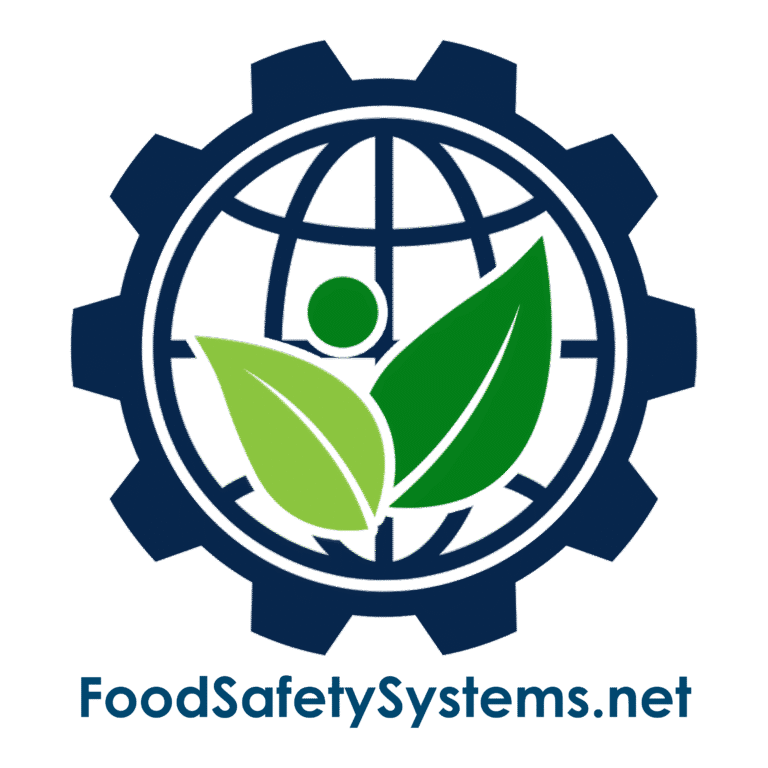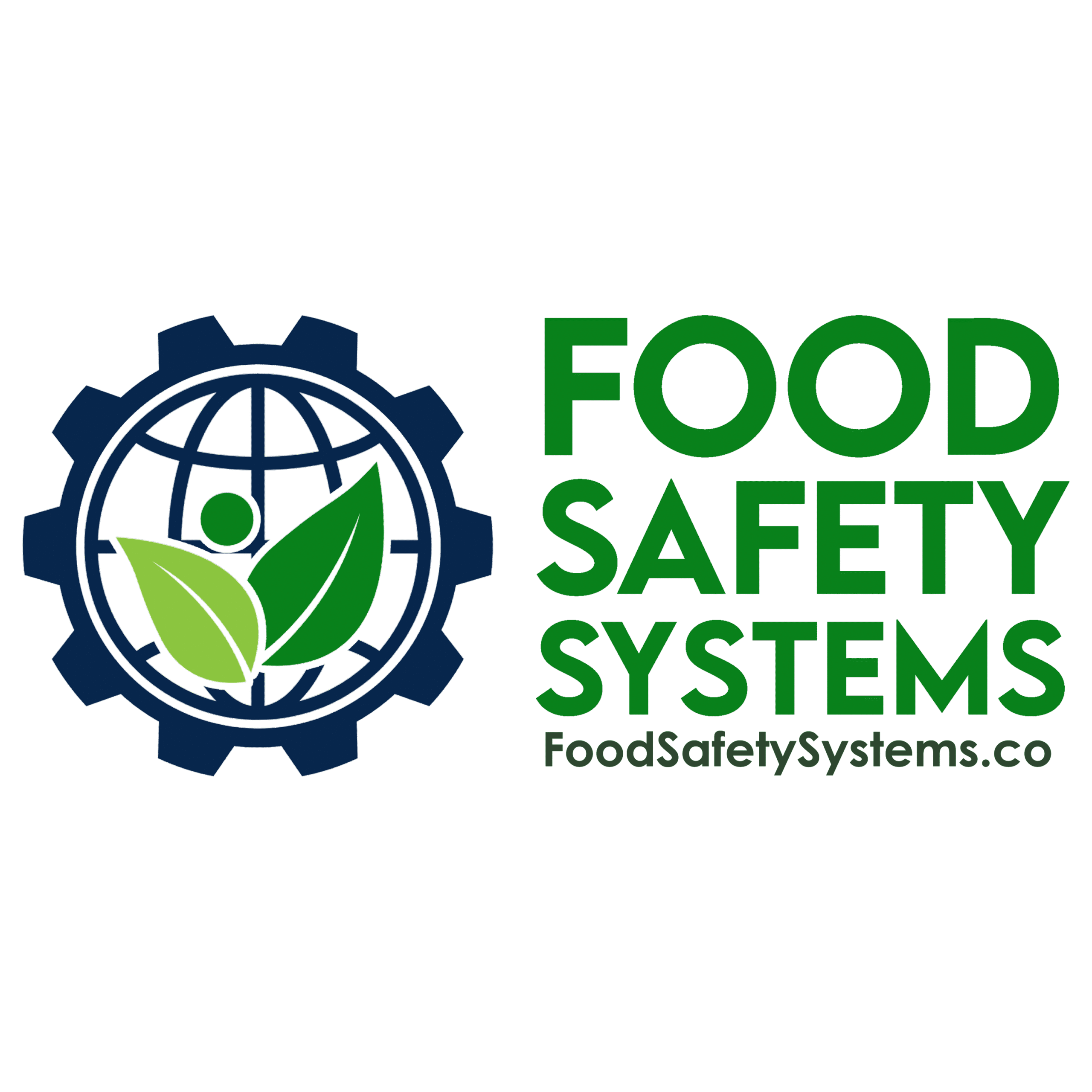Cross-Docking Traceability & Control

Aligned with FSSC 22000 Requirements
Requirement Overview
FSSC 22000 requires that all processes affecting product safety, legality, and quality be clearly defined, documented, validated, and effectively implemented. Documented procedures must be accessible to relevant personnel, kept under version control, and followed consistently to maintain process integrity and compliance.
Clear, controlled, and consistently applied processing procedures are essential for preventing deviations, ensuring food safety, and maintaining product quality.
Aligned with BRCGS for Storage & Distribution Issue 4 – Clause 4.3.1 & 4.3.3
Requirement Overview
BRCGS for Storage & Distribution requires that products moved via cross-docking are traceable and controlled at all times, even when they are not held in storage for extended periods.
Clause 4.3.1: “The company shall ensure that traceability is maintained at all stages, including during cross-docking operations.”
Clause 4.3.3: “Procedures shall be in place to ensure that all products handled, including those not stored on-site, remain under control and are not subject to contamination or substitution.”
Cross-docking operations must not compromise product traceability, safety, or integrity. Even with minimal handling and temporary presence, each product must be accurately identified, documented, and protected.

Key Compliance Objectives
-
✓ Define and document all critical production steps
✓ Standardize processing to ensure safety and prevent deviations
✓ Provide accessible, clear, and understandable instructions for operators
✓ Maintain accurate records of implementation, monitoring, and verification
Step-by-Step Compliance Implementation
1. Develop and Document Processing Procedures
-
Each procedure should include:
-
• Product name and process step description
• Equipment settings (e.g., time, temperature, pressure, pH)
• Operational limits and tolerances
• Identification of Critical Control Points (CCPs) or process monitoring steps
Evidence to Maintain:
-
• Approved processing specifications
• Work instructions for each production stage
• CCP validation records
- • Product name and process step description • Equipment settings (e.g., time, temperature, pressure, pH) • Operational limits and tolerances • Identification of Critical Control Points (CCPs) or process monitoring steps
- • Approved processing specifications • Work instructions for each production stage • CCP validation records
2. Control and Communicate Work Instructions
-
Best practices include:
-
• Keep documents under version control and approved before use
• Make instructions available at the point-of-use
• Translate instructions where needed for language comprehension
• Use visual aids or diagrams for clarity when appropriate
Evidence to Maintain:
-
• Distribution log for work instructions
• Language and comprehension verification documentation
• Document control identifiers on posted SOPs
- • Keep documents under version control and approved before use • Make instructions available at the point-of-use • Translate instructions where needed for language comprehension • Use visual aids or diagrams for clarity when appropriate
- • Distribution log for work instructions • Language and comprehension verification documentation • Document control identifiers on posted SOPs
3. Monitor and Verify Process Compliance
-
Verification activities may include:
-
• Real-time monitoring of critical parameters (e.g., cook temperature)
• In-process checks and equipment calibration
• Batch documentation and deviation management
Evidence to Maintain:
-
• Monitoring logs and deviation records
• Corrective/preventive action (CAPA) documentation
• Internal process audit reports
- • Real-time monitoring of critical parameters (e.g., cook temperature) • In-process checks and equipment calibration • Batch documentation and deviation management
- • Monitoring logs and deviation records • Corrective/preventive action (CAPA) documentation • Internal process audit reports
4. Train and Assess Staff on Procedure Compliance
-
Training scope should cover:
-
• Understanding of process controls and operational limits
• How to follow documented procedures correctly
• How to respond to process deviations or alarms
Evidence to Maintain:
-
• Staff training records and competency assessments
• Job-specific skills checklists
• Refresher training schedules
- • Understanding of process controls and operational limits • How to follow documented procedures correctly • How to respond to process deviations or alarms
- • Staff training records and competency assessments • Job-specific skills checklists • Refresher training schedules
Common Audit Findings & Recommended Fixes
| Audit Finding | Recommended Action |
|---|---|
| Incomplete or missing work instructions | Develop standardized, validated instructions for all process steps |
| Instructions not accessible to operators | Post at point-of-use; use visuals or multilingual formats |
| Deviations not recorded or addressed | Implement a deviation log and CAPA tracking system |
| No verification of process control | Conduct periodic internal process audits |
Auditor Verification Checklist
During an FSSC 22000 audit, be prepared to provide:
-
• Documented work instructions and process specifications
• Evidence of validation and approval
• Records of monitoring activities and corrective actions
• Training and competency records for production staff
• Internal audit reports related to process control
Implementation Roadmap
Build the Foundation
-
✓ Map each process step in detail
✓ Document procedures and approve through proper channels
Train and Communicate
-
✓ Post procedures at workstations
✓ Ensure operators are trained and competent
Monitor and Verify
-
✓ Track key process parameters
✓ Record deviations and validate corrective actions
Review and Improve
-
✓ Audit procedures for accuracy and effectiveness
✓ Update instructions as processes change
Why This Matters?
-
✓ Reduces the risk of process variation and unsafe products
✓ Demonstrates operational control to auditors and regulators
✓ Enhances team accountability and performance
✓ Supports continuous improvement and efficiency
Support Tools Available
Food Safety Systems provides:
-
✓ Processing SOP templates with CCP integration
✓ Operator-friendly work instruction formats
✓ Process audit checklists and validation forms
✓ Training modules for production teams
Privacy Policy | Terms of Service
Powered by interlinkIQ.com, Developed by ITBlaster.net, Owned and Operated by Consultare Inc. Group, A Compliance Company. All Rights Reserved.







